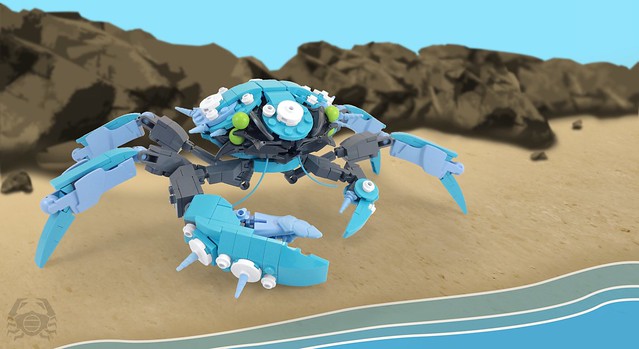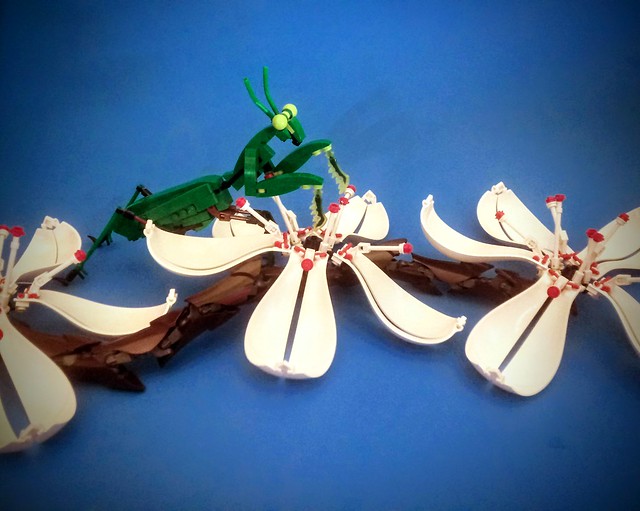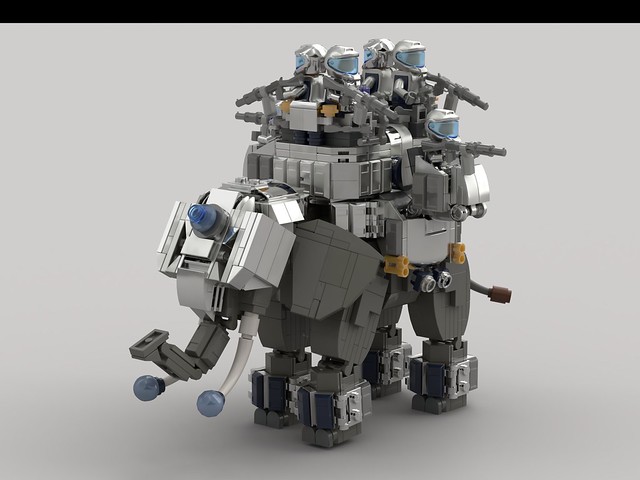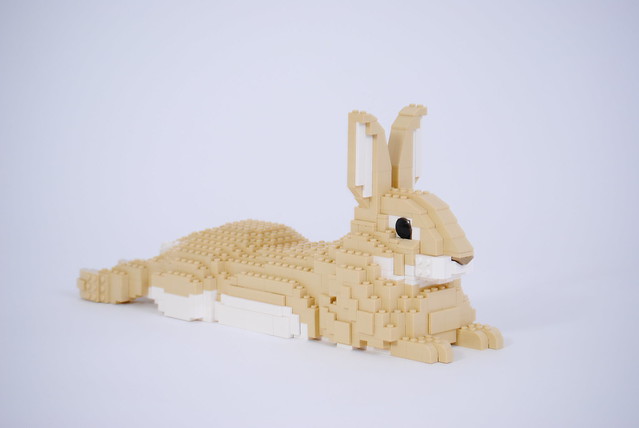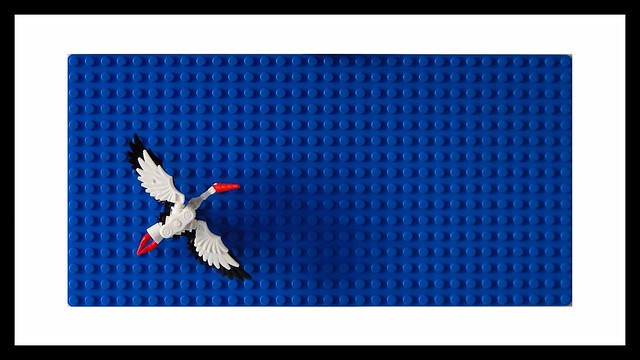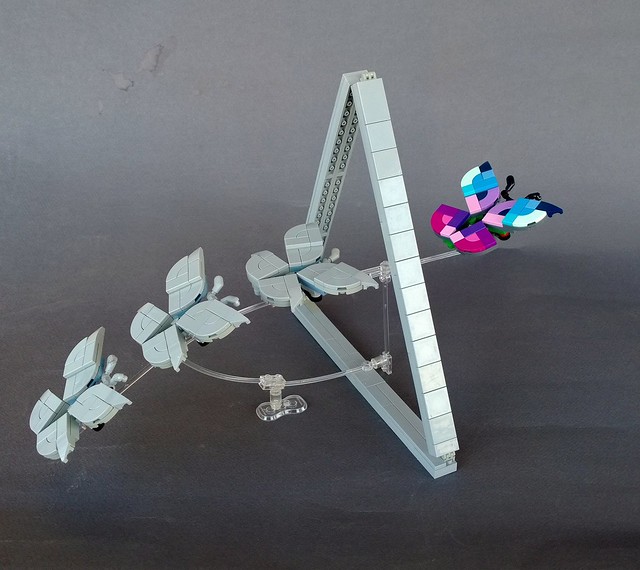It takes a great deal more skill to sculpt with basic LEGO bricks than you might think. The ability to produce organic curves from rectangular bricks is awe-inspiring, and strikes envy in those of us who are always searching for that perfect shape. Upon seeing this life-size Rhesus macaque, I knew it had to be the work of Felix Jaensch, who is a master of the art. I must say, it really could not have been done better!
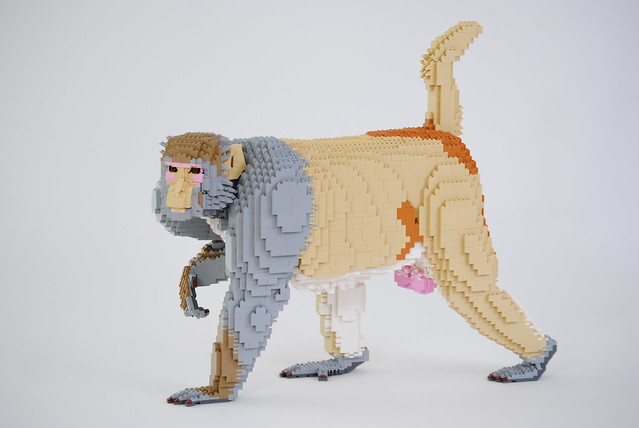
Adult males like this one (just in case you weren’t sure if it’s a male) are about 18-25in long and weigh an average of about 16-19lbs. They have an expressive face, which is perfectly captured here. Additionally, the lovely use of a select few slopes gives the fluffier bits texture and character, and the minifigure hand to finish the nose is genius!
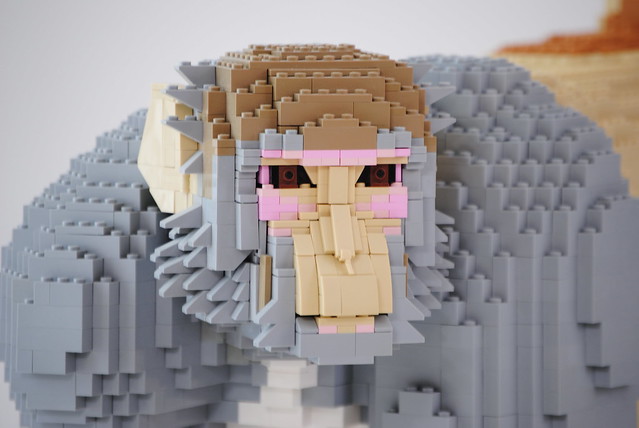
Rhesus macaques are probably the most commonly known macaques in the world. That’s partly because these monkeys have a massive home range in central and southern Asia, and are invasive in several other places in the world. They’re also widely studied and used in research due to their high level of intelligence and fairly close physiological relation to humans. It was a study of their blood that led to our understanding of the Rh blood-typing system we use today!
If you like Felix’s style, check out some of the other life-size animals we’ve featured, like his Red Panda, Macaw, Rabbit, or American Kestrel.
The Brothers Brick is funded by our readers and the community. Articles may include affiliate links, and when you purchase products from those links, TBB may earn a commission that helps support the site.

